The Role of Cryotherapy in Enhancing Exercise Recovery: Examining the Effects of Cold Exposure on Muscle Repair and Inflammation
The Role of Cryotherapy in Enhancing Exercise Recovery: Examining the Effects of Cold Exposure on Muscle Repair and Inflammation
Athletes and fitness enthusiasts seek ways to improve recovery and performance. Recently, cryotherapy has gained popularity. This method exposes the body to cold temperatures through whole-body cryotherapy chambers, ice baths, or localized cold treatments. Many athletes believe cryotherapy enhances muscle repair and reduces inflammation, optimizing recovery times. This post explores the effects of cryotherapy on exercise recovery, its mechanisms, and benefits. It also emphasizes the importance of nutrition and exercise strategies alongside this recovery method.
Understanding Cryotherapy
Cryotherapy typically uses cold air, ice packs, or ice baths to expose the body to low temperatures. This treatment can take various forms. Whole-body cryotherapy involves entering a chamber that delivers extremely cold air. Localized treatments target specific body areas. Athletes often use these techniques after intense workouts, competitions, or injuries to minimize soreness and accelerate recovery.
Research suggests cold exposure influences muscle repair through various physiological mechanisms. Cold temperatures constrict blood vessels, reducing blood flow to affected areas. This vasoconstriction limits inflammation and swelling, common responses to intense physical activity. After cold exposure, the body increases blood flow to the region once it warms up. This increase facilitates the delivery of nutrients and oxygen essential for healing and recovery.
The Effects of Cryotherapy on Muscle Repair and Inflammation
Research shows cryotherapy effectively reduces muscle soreness and inflammation following exercise. A study published in the *Journal of Athletic Training* found that athletes who underwent cryotherapy experienced significantly less delayed onset muscle soreness (DOMS) compared to those who did not. This reduction in soreness can improve performance in subsequent training sessions or competitions.
Additionally, cryotherapy may mitigate the inflammatory response after intense exercise. Some inflammation is necessary for muscle adaptation and repair, but excessive inflammation can hinder recovery and performance. By reducing inflammation, cryotherapy may enhance the overall recovery process, allowing athletes to return to training regimens more quickly.
Nutrition Tips to Enhance Recovery
While cryotherapy aids muscle repair, nutrition plays a crucial role in optimizing recovery. A balanced diet amplifies the effects of cryotherapy and supports overall health. Athletes should prioritize protein intake, which is essential for rebuilding muscle tissues after exercise. Aim for lean protein sources like chicken, fish, eggs, legumes, and dairy products to support muscle recovery.
Incorporating anti-inflammatory foods into your diet can further enhance recovery. Foods rich in antioxidants help combat inflammation and oxidative stress from intense training. Berries, turmeric, ginger, and leafy greens are excellent choices for athletes seeking to reduce inflammation.
Conclusion
This post summarized the insights on cryotherapy’s role in enhancing exercise recovery.
Below are related products to the topic if you’re interested:
FAQ
What is cryotherapy and how does it work for exercise recovery?
Cryotherapy involves exposing the body to cold temperatures through methods like whole-body cryotherapy chambers, ice baths, or localized cold treatments. The cold exposure reduces blood flow to affected areas by constricting blood vessels, which limits inflammation and swelling. Following the cold treatment, blood flow increases as the body warms up, delivering essential nutrients and oxygen needed for muscle repair and recovery.
Does cryotherapy really reduce muscle soreness and inflammation?
Yes, research indicates that cryotherapy effectively reduces muscle soreness and inflammation after exercise. A study published in the *Journal of Athletic Training* found that athletes who used cryotherapy experienced significantly less delayed onset muscle soreness (DOMS) compared to those who did not. By mitigating inflammation, cryotherapy can enhance the recovery process, allowing athletes to return to their training regimens more quickly.
How important is nutrition in conjunction with cryotherapy for recovery?
Nutrition is crucial for optimizing recovery alongside cryotherapy. A balanced diet can amplify the benefits of cold exposure. Athletes should focus on consuming adequate protein to rebuild muscle tissues and include anti-inflammatory foods, such as berries, turmeric, and leafy greens, to further support recovery and combat inflammation. Proper nutrition complements cryotherapy, helping athletes achieve better overall health and performance.
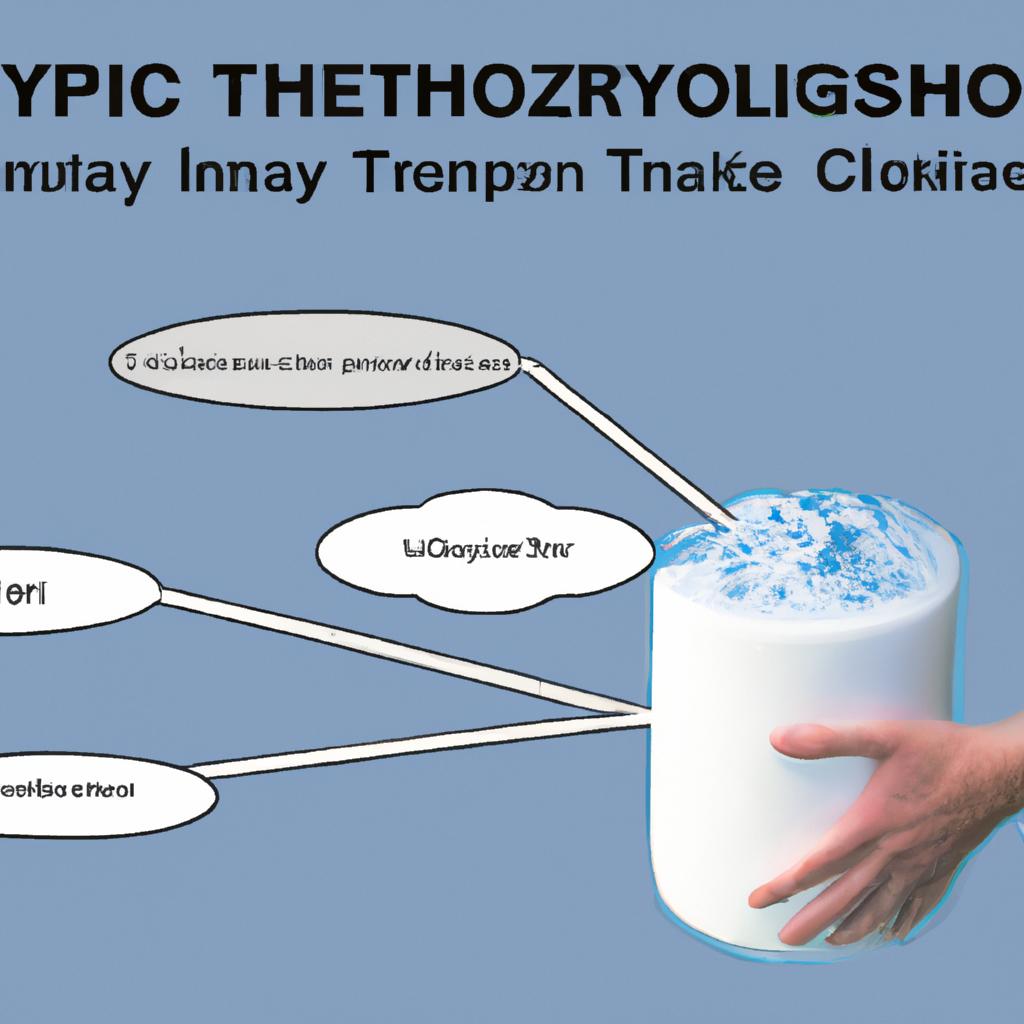

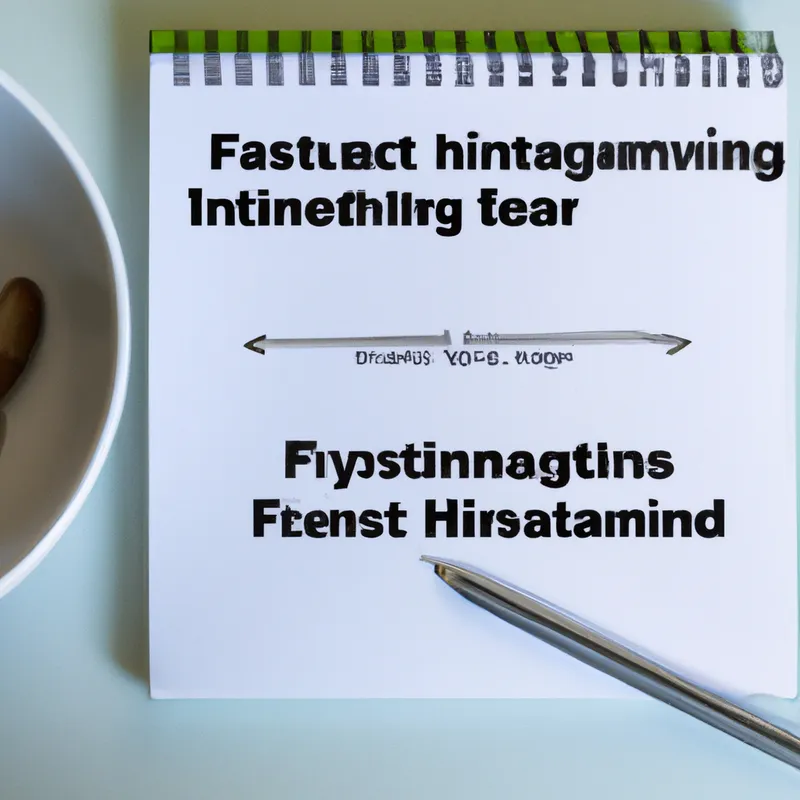
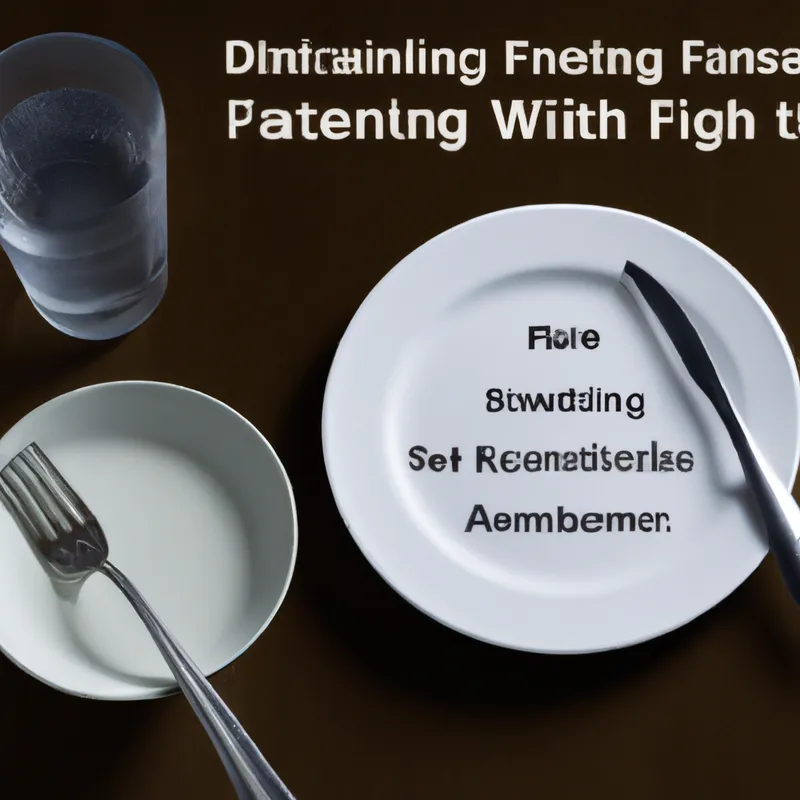

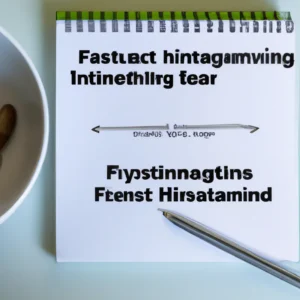







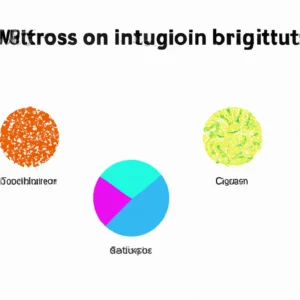

Post Comment